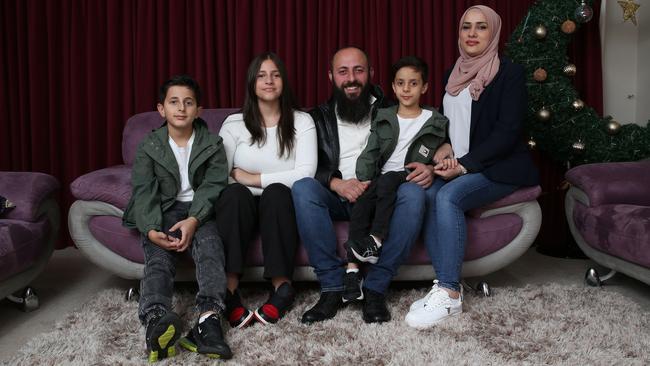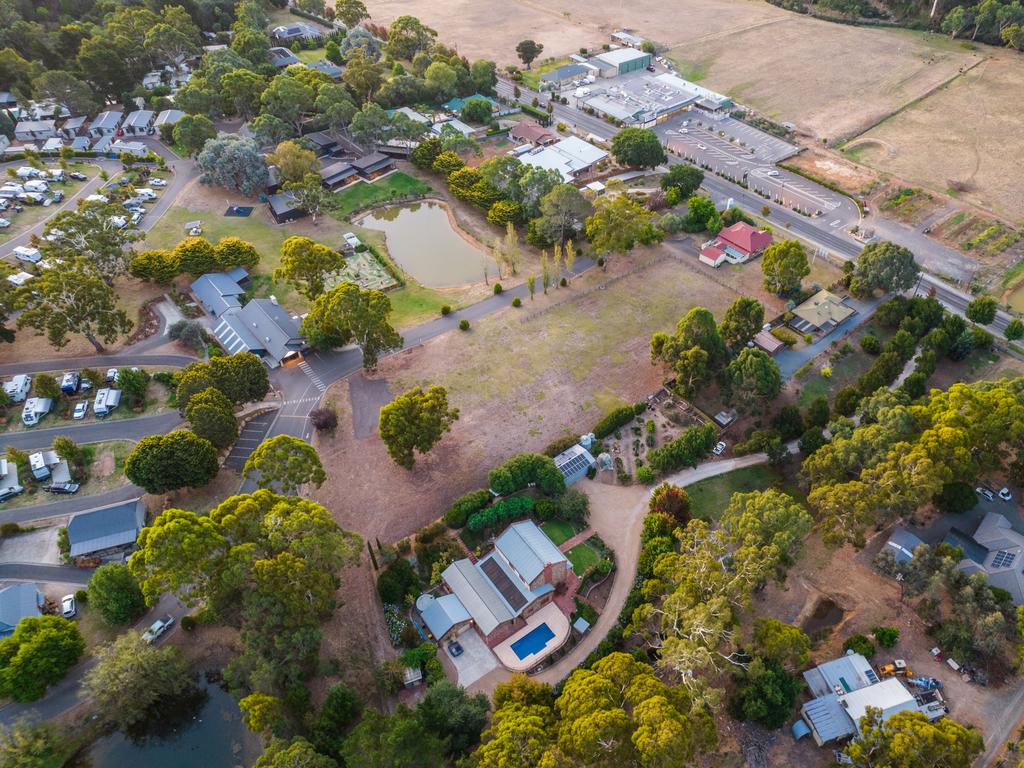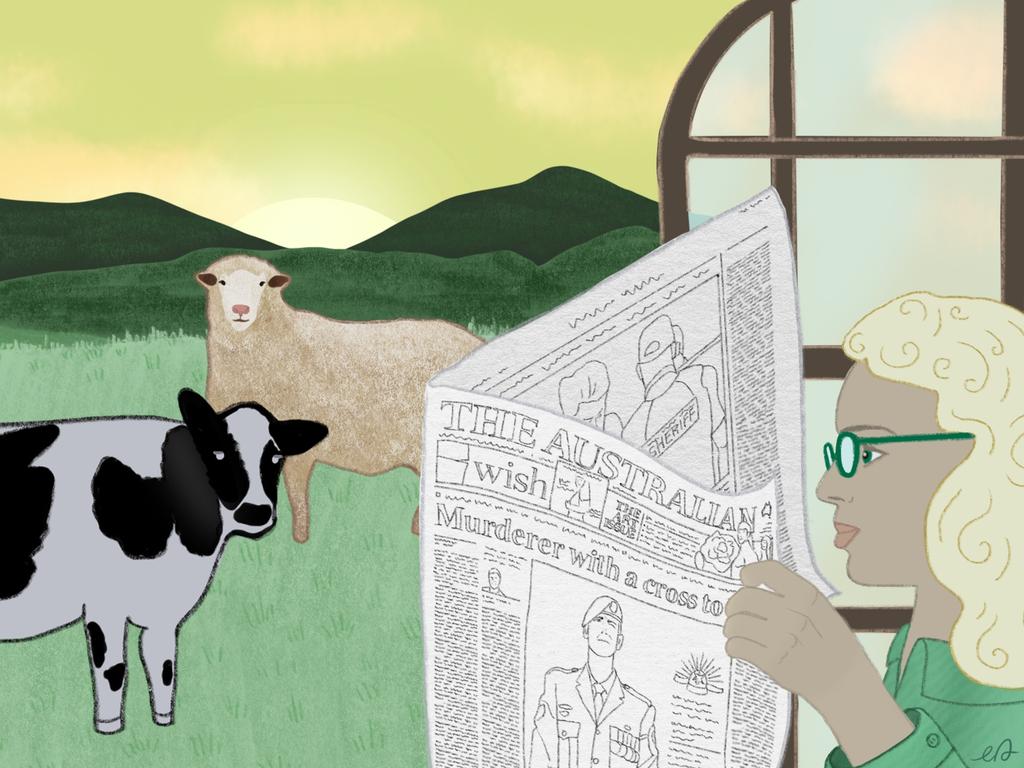The numbers that prove the Canberra bubble is real
Home to a remarkable portion of the nation’s top earners, Middle Australia is barely represented at all in the ACT. So where is its ground zero? | MAP, FULL LIST

There is a term often used by politicians and media commentators that to my way of thinking has never been adequately (if ever) defined, much less mapped. That term is Middle Australia.
In a popular sense, Middle Australia is intended to include everyday Australian households that are mostly comprised of mum, dad and the kids, that have a mortgage, and that are located in the suburbs.
It is thought that this cohort is galvanised by similar values, concerns and aspirations – and especially in matters relating to, say, the cost of living.
It seems there is no shortage of people who want to speak for or about Middle Australia, which makes the fact that no one has defined let alone mapped this mythical yet well-known place so surprising.
So, where is Middle Australia? Who lives there? And what does this concept and cohort contribute to the making of modern Australia?
Manifesting the middle
In technical terms, the idea of Middle Australia can be defined as comprising, say, the 40 per cent of Australian households whose income falls somewhere between 20 per cent above and 20 per cent below the national average.
At the last census, the median (that is, the midpoint in a range) household weekly income across Australia was $1730 – or $90,000 a year – which means that Middle Australia, applying the parameters outlined above, comprises all households whose annual income falls somewhere between $72,000 a year and $108,000 a year.
Bear in mind that “household income” can commonly include the earnings of two parents as well as that of adult children living at home.
It is not possible to map the location of individual households from the census even using something like a scatter-dot format. Any mapping exercise involving households will require aggregating data into known geographies such as suburbs, postcodes, electorates, or states.
The ABS divides the Australian continent into 2473 suburbs and rural districts known as SA2s which have an average population of just over 10,000. Some are bigger, some are smaller. Some have no residents – for example, Sydney’s Centennial Park.
By calculating the median household income for all SA2s and classifying each into one of three income bands (top, middle, bottom) using the 20 per cent variance cited above, it is possible to produce a map showing Middle Australia.
Transition points
I haven’t seen the concept of Middle Australia mapped before. The methodology I have developed could be finessed, although I am not convinced that the big-picture perspective would be much different.
Indeed, this mapping Middle Australia exercise is a bit like getting our first glimpse of a distant galaxy (that is oddly cited daily by Australia’s political class).
At a national level, the SA2s comprising Middle Australia cluster in capital cities as well as in rural and regional areas often in dairying, cropping and grazing communities.
Most regional cities of fewer than 70,000 residents comprise up to five SA2s, including at least one representing Middle Australia.
In bigger regional cities where the aggregate population approaches 100,000, all three income bands tend to be represented. This is the case for cities such as Bunbury, Albury, Ballarat, Mackay and Bendigo which seem to be evolving the social and income profile of bigger cities.
The transition point, I think, is at about the 80,000-population mark where there’s sufficient critical mass within the local community to support high-income households that then cluster within a single SA2.
See, for example, high-income enclaves attached to the edges of Ballarat, Bendigo, Bunbury and Cairns.
In the capital cities, Middle Australia sprawls like a carpet across suburbia, and especially in the middle and outer suburbs. This pattern is particularly evident in Adelaide and in Melbourne’s eastern suburbs.
Interestingly, several of Australia’s cultural reference points emanated from this “average” suburban expanse in Melbourne’s east including Neighbours at Vermont South and Kath & Kim, notionally resident in Middle Australia’s Narre Warren.
Darryl Kerrigan’s “castle” sits squarely within the lower 30 per cent SA2 of Campbellfield-Coolaroo on Melbourne’s northside.
In Hobart, nothing but Middle Australia SA2s line the Derwent River and other coastal stretches.
In Perth, Middle Australia communities are often positioned one step back from the Indian Ocean beach and from the Swan River reach.
On the move
It could be concluded from this evidence that Middle Australia is inherently aspirational, patiently awaiting any opportunity to move closer to the water.
In Sydney, Middle Australia has been manoeuvred away from the harbour (presumably by housing market forces) and propelled westward beyond Parramatta towards Penrith and into the southwest region as well.
Indeed, Sydney’s North Shore is wholly given over to, or has been commandeered by, the uppermost 30 per cent of households when ranked by income. That is except for a few Middle-Australia SA2s sitting like desert islands amid a sea of the well-to-do.
Those Middle Australia “islands” on Sydney’s North Shore and northern beaches include three SA2s centred on Narrabeen, Hornsby and Castle Hill. Perhaps gentrification and aspiration have yet to arrive in these places?
Middle Australia has been largely excluded from Canberra, which is Australia’s most intensively planned city. In fact, Middle Australia is so poorly represented in Canberra that it is even excluded from the treechange zone east of the city.
Canberra is remarkably devoid of the kind of demographic (that is, income) diversity that is so evident in other parts of Australia. In this sense, the Canberra bubble really does exist; the city’s demography is different.
Marking the centre
When all SA2s are arranged in rank order based on household income, the place that is sitting close at the centre – at what might be called the ground zero of Middle Australia – is the southeastern Sydney suburb of Casula (population 16,584), which has a median household income of $90,000 a year.
It is somewhat ironic that the middle of Middle Australia should sit within Sydney rather than within a more Middle Australia-friendly city such as, say, Adelaide. Or perhaps even the eastern suburbs of Melbourne.
Nevertheless, if you want to see the middle of Middle Australia, then take a stroll through the Casula Mall Shopping Centre, which can be accessed off the M5 motorway approximately 34km southwest of the Sydney Harbour Bridge.
Other suburbs positioned close to the middle of Middle Australia include SA2s centred on Endeavour Hills in Melbourne, Bray Park in Brisbane, and Ballajura in Perth.
All these middle-of-Middle-Australia places are located within the middle and outer suburbs of capital cities. These communities are mostly comprised of separate houses on separate blocks of land and are dominated by families buying their own home with a mortgage.
The concept of Middle Australia can also be applied to federal electorates (or indeed to any geography) within Australia.
The Casula of federal electorates – that is, where the median annual household income sat around the $90,000 mark at the 2021 census – is the Queensland seat of McPherson located at the southern end of the Gold Coast and including the suburbs of Coolangatta and Tugun.
Other middle-of-Middle-Australia electorates include Eden-Monaro (which includes Bega and Merimbula) in NSW, Brand (including Rockingham and Baldivis) in WA, Capricornia (including Rockhampton and Yeppoon) in Queensland and Hawke (including Melton and Bacchus Marsh) in Victoria.

Motivating the middle
In one sense it is unsurprising that Middle Australia, comprising 40 per cent of Australian households, should have a high profile across most parts of the nation. What is surprising is the way this cohort rises and falls, surges and retreats, in different markets, presumably in response to the cost of housing or the skills required within the local workforce. In this sense, Middle Australia is mortar-like in that it squeezes into wherever market conditions allow.
Sydney and Canberra have little to offer Middle Australia, whereas Hobart and Adelaide present this cohort with access to quality of life and lifestyle. No need to commute from afar. There’s even scope for water views in Hobart.
The mapping shows that Middle Australia is present in country towns and flourishes especially within communities of, say, 10,000 to 60,000 residents.
Within our largest capital cities, including Sydney, Middle Australia provides a link between all parts of the city. It is the carpet, the wallpaper, the social glue that connects the enclaves. It delivers the skills, the workers, the kids, the demand for houses, and a core customer base for retailers.
A prosperous and aspirational Middle Australia is good for business and good for the nation. But it is more than simply having access to houses, to raising families, to navigating secure work.
A prosperous Middle Australia inspires the next generation to study, to acquire skills, to build small businesses, to achieve home ownership, to create the next generation.
We need powerful stories of hope and aspiration to galvanise all parts and communities within Australia. And the story of Middle Australia – its trials, its triumphs and its manifestations – is one such narrative.
May the defined and mapped Middle Australia evident in this exercise – and all other parts of the Australian nation – come together in this year to create, to improve and ultimately to bequeath an even better Australia to those who follow.
Bernard Salt is founder of The Demographics Group; data by data scientist Hari Hara Priya Kannan.






To join the conversation, please log in. Don't have an account? Register
Join the conversation, you are commenting as Logout